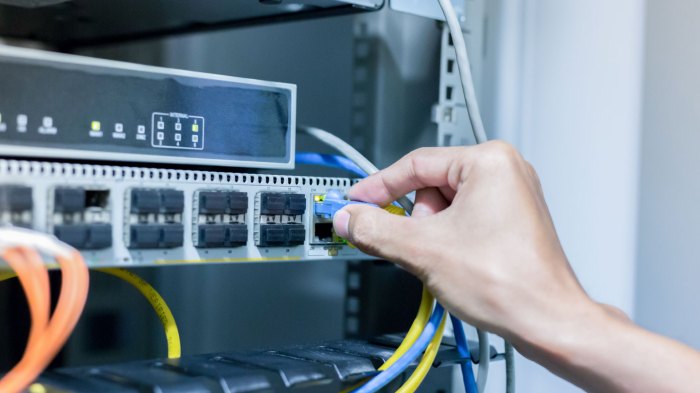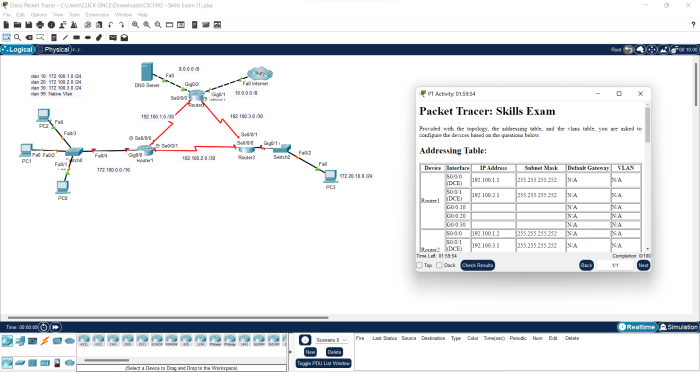Switching routing and wireless essentials are the cornerstones of modern networks, enabling seamless connectivity and efficient data transmission. From humble beginnings to cutting-edge advancements, these technologies have revolutionized the way we communicate and access information.
Delve into the intricate world of switches, routers, and wireless devices, exploring their types, functions, and applications. Discover best practices for network design and implementation, ensuring optimal performance and reliability. Troubleshoot common issues with ease, employing proven techniques and preventative maintenance strategies.
Stay abreast of emerging trends and future developments, as these technologies continue to shape the landscape of network infrastructure.
1. Switching Routing and Wireless Essentials Overview

In modern networks, switching, routing, and wireless connectivity play critical roles in facilitating communication and data transfer. These technologies enable devices to connect, exchange information, and access resources efficiently.
Switching refers to the process of forwarding data frames between devices connected to a network. Routers, on the other hand, determine the best path for data to take across a network and connect different networks together. Wireless connectivity allows devices to communicate without the use of physical cables.
Types of Switches, Routers, and Wireless Devices
Switches are classified into various types based on their functionality and application. Common types include LAN switches, SAN switches, and PoE switches. LAN switches connect devices within a local area network, while SAN switches are designed for storage area networks.
PoE switches provide power over Ethernet cables, eliminating the need for separate power supplies for connected devices.
Routers come in different forms, including wired routers, wireless routers, core routers, and edge routers. Wired routers connect devices to a wired network, while wireless routers enable wireless connectivity. Core routers are high-performance routers used in the backbone of large networks, and edge routers connect networks to the internet or other external networks.
Wireless devices include access points, wireless cards, and antennas. Access points provide wireless connectivity to devices within a specific area, while wireless cards allow devices to connect to wireless networks. Antennas extend the range and improve the signal strength of wireless devices.
Network Design and Implementation Considerations
Designing and implementing networks using switches, routers, and wireless devices requires careful planning and consideration. Best practices include:
- Understanding network requirements and traffic patterns
- Selecting appropriate devices based on performance, capacity, and features
- Configuring devices to optimize network performance and security
- Implementing appropriate network topologies (e.g., star, bus, ring)
Troubleshooting and Maintenance
Maintaining network reliability requires proactive troubleshooting and maintenance strategies. Common issues with switches, routers, and wireless devices include:
- Connectivity problems
- Slow performance
- Security breaches
Troubleshooting techniques include:
- Verifying physical connections
- Checking device configurations
- Monitoring network traffic
Preventative maintenance involves:
- Regular firmware updates
- Security audits
- Device cleaning and inspection
Emerging Trends and Future Developments, Switching routing and wireless essentials
The field of switching, routing, and wireless technologies is constantly evolving to meet the demands of modern networks. Emerging trends include:
- Software-defined networking (SDN)
- Network virtualization
- 5G wireless technology
These technologies are shaping the future of network infrastructure, enabling greater flexibility, scalability, and security.
Questions and Answers
What is the primary function of a switch?
A switch interconnects devices within a network, facilitating data exchange and controlling traffic flow.
How does a router differ from a switch?
A router operates at a higher network layer, determining the best path for data transmission between different networks.
What are the key considerations when choosing a wireless access point?
Factors to consider include coverage area, supported protocols, security features, and scalability.


